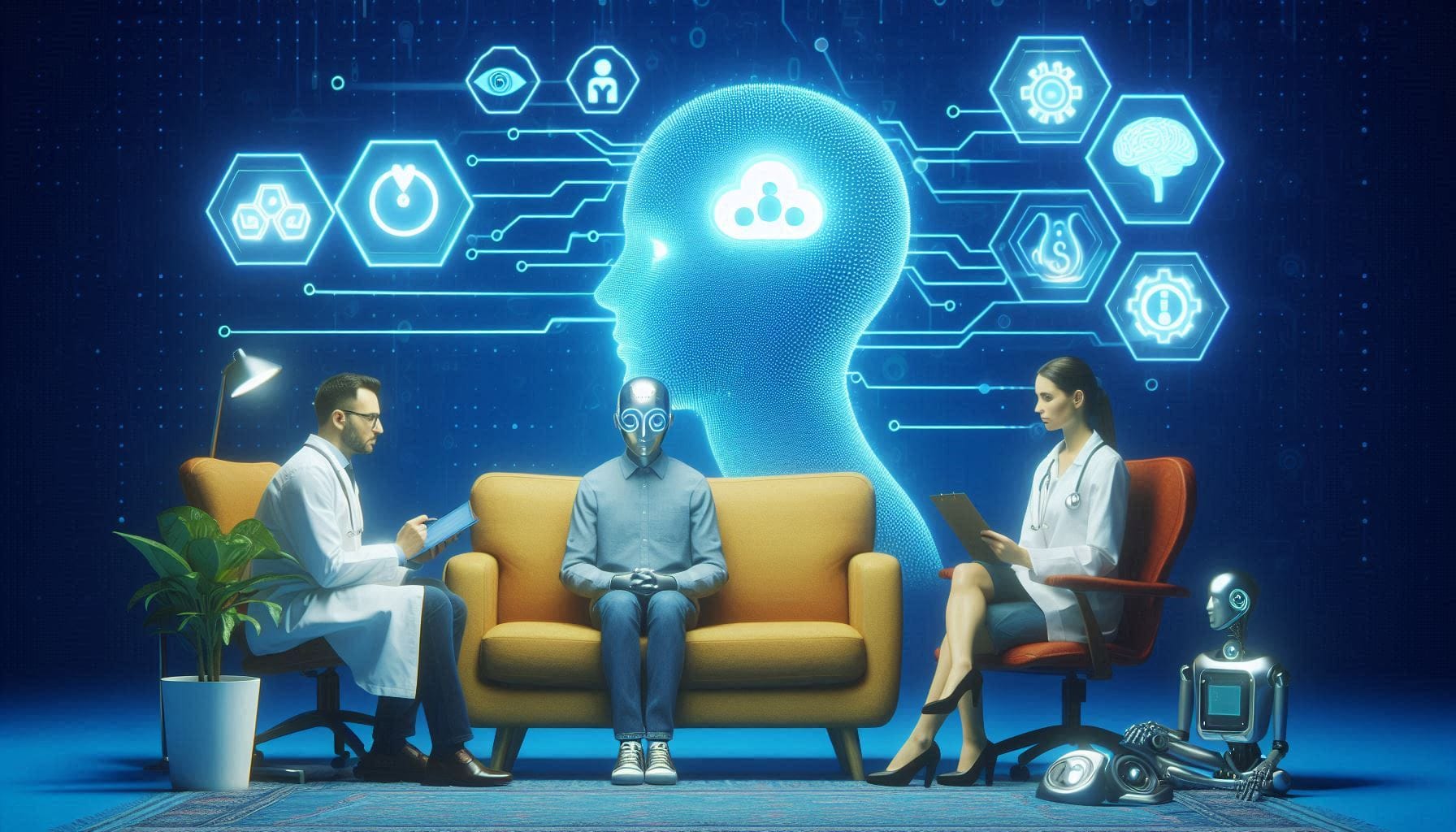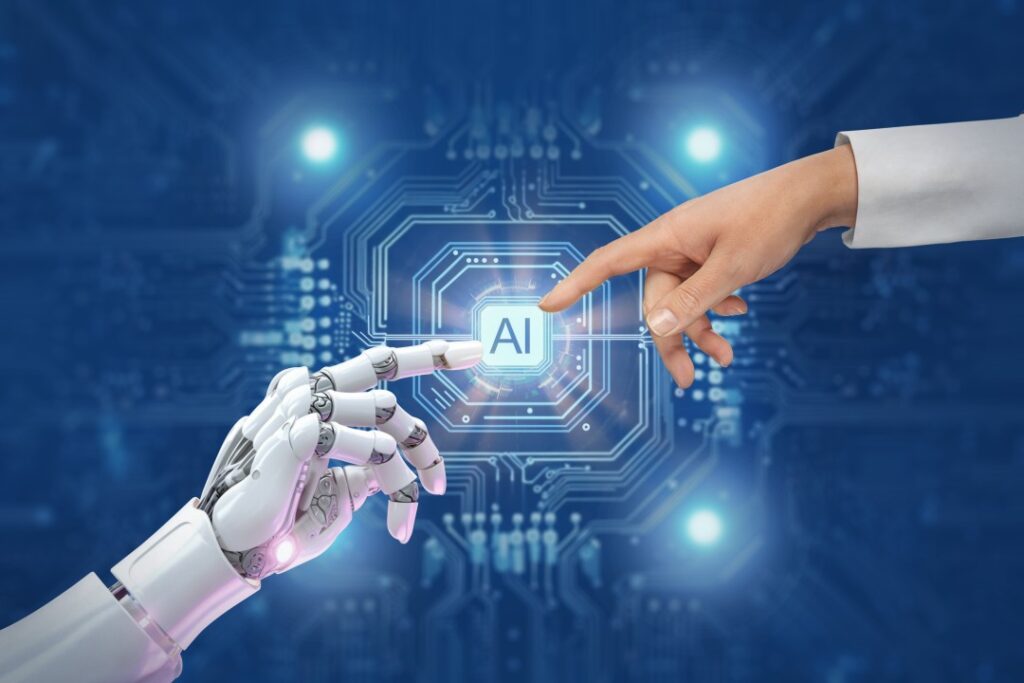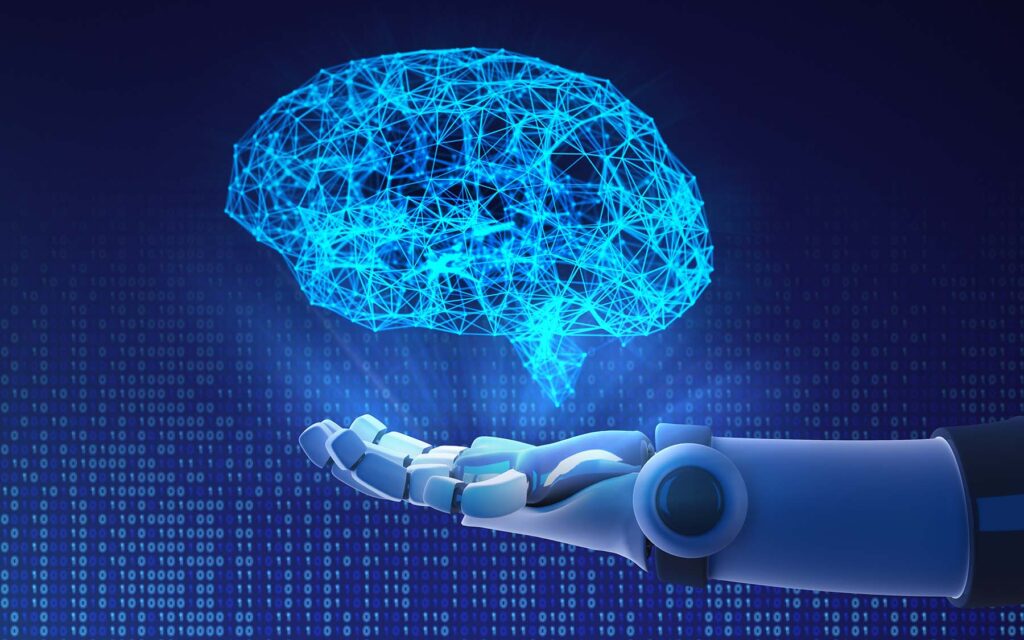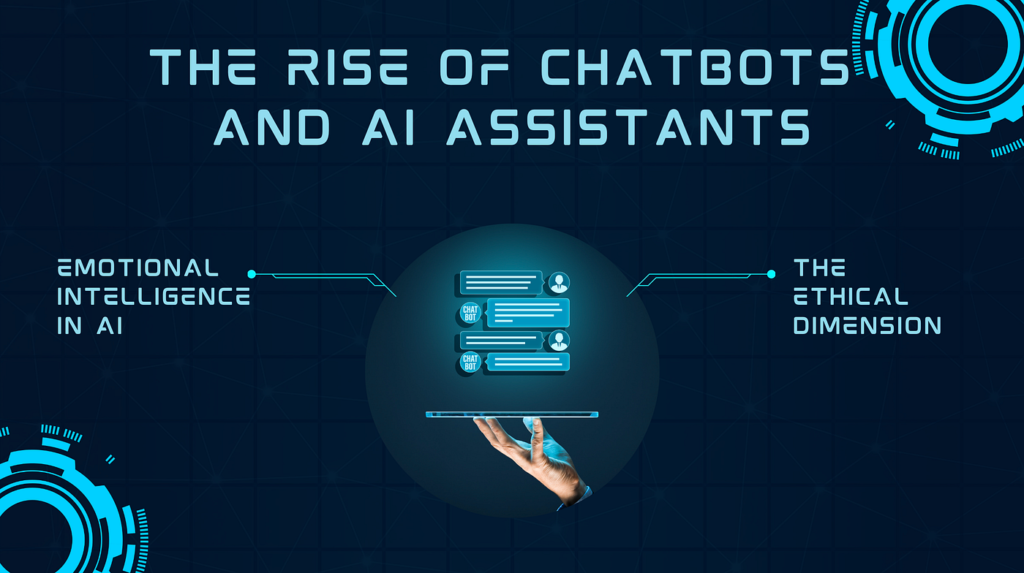
- August 1, 2025
- wallahleads@gmail.com
- 0
In the fast-evolving landscape of digital marketing, artificial intelligence (AI) has gone from being a novelty to a necessity. But in 2025, the conversation is no longer about whether we use AI—it’s about how human it feels. Consumers are craving genuine, emotionally intelligent interactions—even from machines. That’s where “Humanized AI” comes in: a transformative shift that blends empathy with automation to create marketing experiences that feel deeply personal, responsive, and real.
The Rise of Emotionally Intelligent AI

Artificial intelligence is now capable of more than just delivering product recommendations or managing chat support. Today’s AI systems are equipped with sentiment analysis, emotion recognition, and conversational intelligence, enabling brands to understand human emotions in real-time and respond accordingly.
For instance, AI chatbots can now detect whether a customer is frustrated or confused and escalate the conversation to a human—or shift tone and language automatically. Voice assistants can pick up on vocal inflection to determine excitement or anger. These subtle cues help AI move beyond efficiency to empathy, creating a new kind of customer experience.
Why Humanized AI Matters in 2025

The modern consumer expects immediacy and empathy. They want brands to be available 24/7, but also to listen, understand, and respond with care. Humanized AI bridges this gap. It enables businesses to scale personalized experiences without sacrificing warmth or relatability.
According to recent marketing insights, 80% of consumers are more likely to engage with a brand that shows understanding and compassion. Brands using emotionally intelligent automation see higher customer satisfaction scores, lower churn rates, and stronger loyalty.
Applications of Humanized AI in Marketing

Let’s explore how brands are applying Humanized AI in real-world marketing strategies in 2025:
1. Conversational Chatbots with Emotional Context
Chatbots are no longer rigid FAQ engines. Modern AI assistants use natural language processing (NLP) and sentiment analysis to interpret a customer’s mood and tailor responses accordingly. Whether it’s offering a discount to calm a frustrated shopper or using playful tone for an excited customer, the experience feels less like a script and more like a conversation.
2. Voice Marketing with Tone Detection
Smart speakers and voice assistants are embedded in daily life. Brands are using voice-based AI not just for utility, but for emotional connection. Imagine a brand campaign where the AI voice shifts based on the listener’s tone—soothing when the user sounds stressed, enthusiastic when they sound curious.
3. AI-Powered Email with Empathetic Timing
Humanized AI can analyze behavioral data and emotional cues to send emails at just the right moment—after a cart abandonment, during a low-engagement period, or when a subscriber is likely to appreciate a check-in. Even the tone of the email can shift based on emotional predictions.
4. Empathy-Driven Personalization in Ads
AI now goes beyond showing users what they want to see—it shows them what they need to feel. Ad copy, imagery, and tone are tailored not just to demographics, but to predicted emotions. A user feeling stressed might be shown a calm, reassuring ad for wellness products. Someone excited might see vibrant, energetic messaging.
Challenges of Humanizing AI
While the benefits are clear, there are ethical and operational challenges. Over-personalization can feel intrusive. Misreading emotional cues can lead to tone-deaf responses. And brands must tread carefully to ensure AI doesn’t cross the line into manipulation.
Transparency is key—letting users know when they’re interacting with AI, how their data is being used, and offering human touchpoints when needed.
How Brands Can Start Humanizing Their AI in 2025
Integrate Sentiment Analysis Tools: Leverage AI platforms that can detect mood from text, voice, or behavioral patterns.
Train AI with Diverse Data Sets: To ensure your AI understands a wide range of emotions and expressions across cultures.
Blend Human + AI Interactions: Use AI for scale but keep human agents available for emotional depth.
Craft Empathetic Brand Voice: Ensure your AI communications align with your brand’s values and tone—kind, supportive, and real.
Prioritize User Consent and Transparency: Clearly communicate how AI is used and give users control over their data and interactions.
Conclusion: The Future Is Human
As we step deeper into an AI-driven future, the brands that win won’t just be the fastest or most automated—they’ll be the most human. Humanized AI isn’t about replacing people; it’s about enhancing the way brands connect, care, and communicate at scale. In 2025, marketing success depends not just on what you automate, but how it makes people feel.

